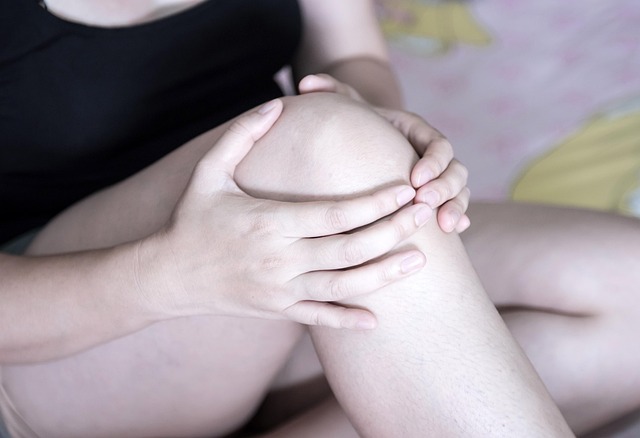Understanding the Causes of Swollen Aching Legs
Swollen, aching legs can significantly impact daily life, affecting mobility and causing discomfort. This common condition can stem from various underlying causes, ranging from simple lifestyle factors to more serious medical conditions. Understanding these causes and their symptoms is crucial for proper management and knowing when to seek medical attention.

Common Causes of Swollen Aching Legs
Leg swelling, medically known as edema, often occurs when fluid accumulates in the tissues. Common causes include prolonged standing or sitting, excessive salt intake, and pregnancy. Other frequent contributors include obesity, certain medications (especially blood pressure medications), and venous insufficiency - a condition where blood doesn’t flow properly through the leg veins.
Identifying Swollen Leg Symptoms
Key symptoms to watch for include:
-
Visible puffiness or enlargement of the legs
-
Skin that appears stretched or shiny
-
Difficulty putting on shoes
-
Pain or discomfort when walking
-
Heaviness or tiredness in the legs
-
Skin that retains dimples after being pressed
How to Manage Swollen Legs
Several effective strategies can help manage swollen legs:
-
Elevation: Raise legs above heart level for 15-20 minutes, several times daily
-
Regular exercise: Walking and swimming can improve circulation
-
Compression stockings: Wear properly fitted compression garments
-
Weight management: Maintain a healthy weight to reduce pressure on legs
-
Salt reduction: Limit sodium intake to prevent fluid retention
-
Regular movement: Avoid sitting or standing for extended periods
When to Seek Medical Attention
While many cases of swollen legs can be managed at home, certain symptoms warrant immediate medical attention:
-
Sudden or severe swelling in one or both legs
-
Warmth and redness accompanied by swelling
-
Shortness of breath or chest pain
-
Fever along with leg swelling
-
Swelling that doesn’t improve with home remedies
Treatment Options Available
Treatment approaches vary depending on the underlying cause:
| Treatment Type | Purpose | Typical Duration |
|---|---|---|
| Compression Therapy | Improves circulation | Daily ongoing use |
| Diuretic Medications | Reduces fluid retention | As prescribed |
| Physical Therapy | Improves muscle strength and circulation | 6-12 weeks |
| Lifestyle Changes | Prevention and management | Long-term |
Prevention Strategies
Preventing swollen legs involves several key practices:
-
Stay physically active with regular exercise
-
Maintain proper hydration
-
Follow a balanced, low-sodium diet
-
Take regular breaks when sitting for long periods
-
Wear comfortable, supportive footwear
-
Manage underlying health conditions effectively
This article is for informational purposes only and should not be considered medical advice. Please consult a qualified healthcare professional for personalized guidance and treatment.




